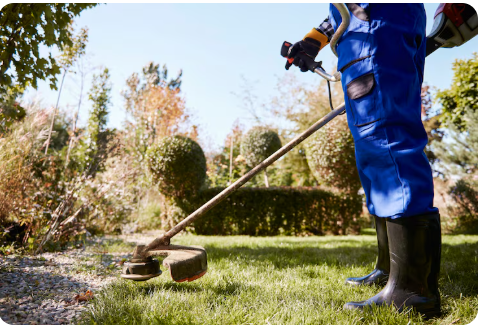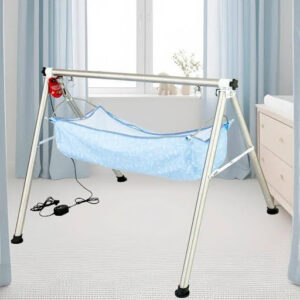Tips to Maintain Your Commercial Building

Maintaining a commercial building is a multifaceted undertaking that goes far beyond aesthetic upkeep. It is a strategic imperative for preserving asset value, ensuring regulatory compliance, and providing a safe, comfortable, and productive environment for tenants and employees.
Neglecting routine maintenance can lead to costly structural failures, rapid equipment depreciation, and increased liability risks.
A successful maintenance strategy is preventative, proactive, and focuses on the building’s major mechanical, structural, and exterior systems, guaranteeing long-term operational excellence and profitability.
Implement a Comprehensive Preventative Maintenance Schedule
The foundation of effective commercial property management is a detailed preventative maintenance (PM) schedule. This should cover all critical mechanical and electrical systems, including HVAC, plumbing, and life safety equipment.
PM involves scheduling routine inspections, testing, and lubrication based on manufacturer recommendations and usage history. Utilizing a Computerized Maintenance Management System (CMMS) helps track asset health, schedule tasks, and maintain historical records.
This proactive approach minimizes unexpected breakdowns, extends equipment life, and optimizes energy consumption.
Priorise Roofing and Façade Integrity
The building’s exterior envelope is its first defense against environmental damage. The roof and façade must be inspected at least twice a year, particularly after severe weather events. Look for signs of water pooling, membrane damage, and compromised flashing on the roof.
On the façade, check for cracks, spalling masonry, and compromised sealants around windows. Timely repair of small exterior issues prevents major water infiltration, which can lead to costly interior damage, mould growth, and structural degradation.
Invest in Professional Commercial Landscaping Services
The exterior appearance of a commercial property significantly impacts its curb appeal and perceived value. Investing in high-quality commercial landscaping services is vital for maintaining a professional image.
This goes beyond routine lawn mowing and includes tree pruning, irrigation system checks, and seasonal planting. Well-maintained grounds prevent liabilities like uneven pathways or overgrown shrubbery that could conceal security threats.
Professional commercial landscaping services ensure a safe, inviting, and attractive environment for tenants and visitors alike.
Regular HVAC and System Tune-ups
Commercial HVAC systems are large, complex, and central to occupant comfort. They require more frequent and specialized attention than residential units. Schedule quarterly inspections, focusing on filter replacement, coil cleaning, and checking for refrigerant leaks.
Ensure ductwork is clean to maintain indoor air quality. Regular maintenance keeps the system operating at peak efficiency, which drastically reduces energy consumption—a major operational cost—and prevents system failures that can disrupt business operations.
Focus on Life Safety and Regulatory Compliance
Maintaining fire safety and life safety systems is a non-negotiable aspect of commercial property management. This includes regular testing and certification of fire alarms, sprinkler systems, emergency lighting, and fire extinguishers according to local codes.
Furthermore, ensure elevators and other vertical transportation systems receive mandated inspections and maintenance. Diligent compliance with these requirements protects occupants, minimizes liability, and is essential for maintaining valid insurance coverage.
Strategic Capital Planning for Building Maintenance
To ensure the long-term viability of the asset, integrate routine building maintenance with strategic capital planning. This involves anticipating the eventual replacement of major systems—like roofs, boilers, and chillers—and budgeting for them over their expected lifespan.
Instead of waiting for a total failure, which forces an expensive emergency replacement, capital planning allows for scheduled, efficient upgrades. A clear, multi-year plan for building maintenance helps stabilize operating expenses and maximizes the asset’s long-term value.






